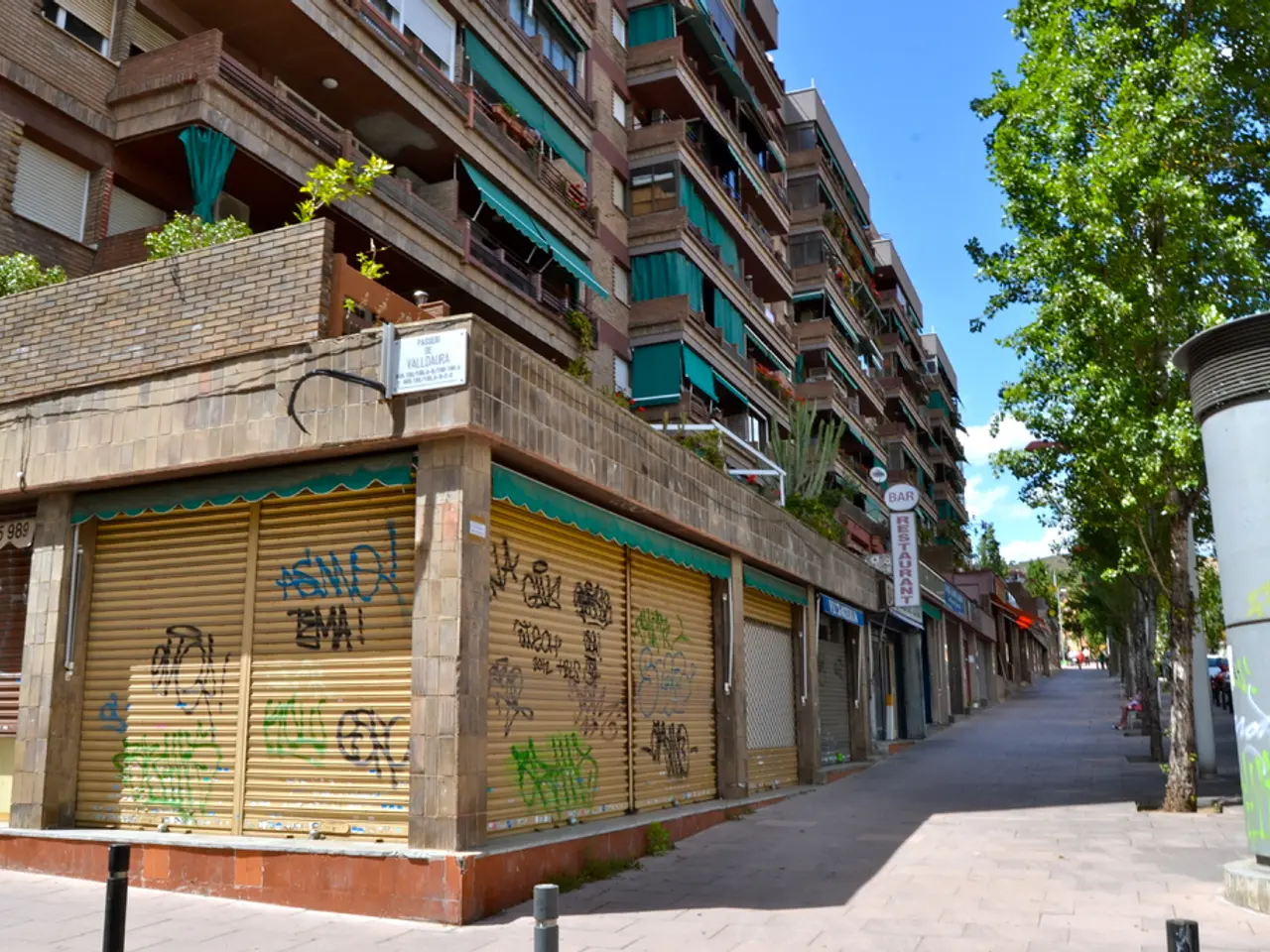Groundbreaking Green Architecture Ventures Reshaping Global Landscape
==============================================
The world of architecture is evolving, with a growing emphasis on sustainability and environmental responsibility. From community hubs in British Columbia to grassland centers in Inner Mongolia, green architecture projects are leading the charge towards a more eco-friendly future.
In Rose Prairie, BC, the Doig River Cultural Centre, designed by Iredale Architecture, stands as a beacon of sustainability. This Passive House-certified building serves as a community hub and a symbol of environmental innovation. Meanwhile, the Black House (Casa Negra), a modular No Footprint House prototype designed by A-01, showcases climate-responsive design and prefabricated components.
In a sunflower-like structure, the Kylie Revolving House, designed by Gronych + Dollega Architekten, rotates with the sun for efficient heating and cooling. These examples, along with several others, have been recognised in the "Top 9 Green Architecture Projects" awarded by Architecture MasterPrize, demonstrating the feasibility and impact of sustainable design.
Green buildings are no longer just a vision for the future; they are the present reality. They represent a paradigm shift in how we think about and interact with our built environment. Green architecture projects are not just a testament to what is feasible in sustainable design but are also a roadmap for future developments.
The benefits of green architecture span environmental, social, and economic impacts. Environmentally, green architecture significantly reduces carbon footprints, improves water quality, and preserves ecosystems. Green infrastructure enhances ecological health, absorbs CO2, improves air quality, and mitigates urban heat effects. Life-cycle assessments in green building help minimise environmental impacts by evaluating material choices and reducing operational and embodied carbon.
Socially, green infrastructure projects create jobs, improve public health, and enhance community well-being. Sustainable building practices contribute to healthier, more comfortable living spaces and resilient communities.
Economically, green buildings reduce operational costs, leading to significant utility bill reductions. Lower costs are also realised through cheaper stormwater management and heating/cooling systems. Green-certified properties have higher market values and can command a price premium. Life-cycle assessments enable cost-efficient benchmarking and help comply with evolving carbon regulations.
In summary, green architecture reduces environmental harm by lowering emissions and resource use; enhances social welfare through healthier living conditions and job creation; and delivers economic advantages via cost savings, market value increases, and regulatory compliance.
Green architecture projects demonstrate that architecture can be both beautiful and beneficial to our planet. They are indeed redefining our world, proving that sustainability and aesthetics can coexist harmoniously. The future of construction and urban planning is increasingly focused on environmental sustainability, urban renewal, and energy efficiency, with green buildings at the forefront of innovation and design.
[1] [Source] [2] [Source] [3] [Source] [4] [Source] [5] [Source]
- Beyond architecture, the fashion-and-beauty industry is also embracing sustainable design, with brands focusing on eco-friendly materials and ethical production processes.
- In the realm of food-and-drink, farm-to-table restaurants are advocating for locally sourced produce and sustainable practices, promoting a more responsible lifestyle.
- Home-and-garden enthusiasts are adopting green solutions for their homes, such as solar power, energy-efficient appliances, and water-saving devices, contributing to a more sustainable lifestyle.
- As travel resumes, eco-friendly tourism is gaining popularity, with travelers opting for sustainable accommodations, carbon-neutral transportation, and responsible wildlife encounters, fostering a more environmentally conscious lifestyle.






